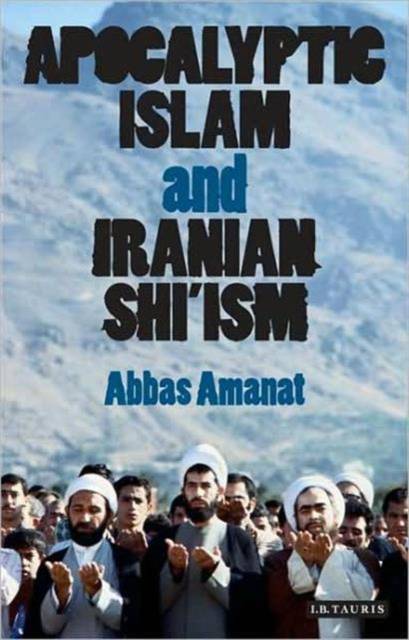
Bedankt voor het vertrouwen het afgelopen jaar! Om jou te bedanken bieden we GRATIS verzending (in België) aan op alles gedurende de hele maand januari.
- Afhalen na 1 uur in een winkel met voorraad
- In januari gratis thuislevering in België
- Ruim aanbod met 7 miljoen producten
Bedankt voor het vertrouwen het afgelopen jaar! Om jou te bedanken bieden we GRATIS verzending (in België) aan op alles gedurende de hele maand januari.
- Afhalen na 1 uur in een winkel met voorraad
- In januari gratis thuislevering in België
- Ruim aanbod met 7 miljoen producten
Zoeken
Omschrijving
Interest in Shi'i Islam is running at unprecedented levels. International tensions over Iran, where the largest number of Shi'i Muslims live, as well as the political resurgence of the Shi'i in Iraq and Lebanon, have created an urgent need to understand the background, beliefs and motivations of this dynamic vision of Islam. Abbas Amanat is one of the leading scholars of Shi'ism. And in this powerful book, a showcase for some of his most influential writing in the field, he addresses the colourful and diverse history of Shi' Islam in both premodern and contemporary times.Focusing specifically on the importance of apocalypticism in the development of modern Shi'i theology, he shows how an immersion in messianic ideas has shaped the conservative character of much Shi'i thinking, and has prevented it from taking a more progressive course. Tracing the continuity of apocalyptic trends from the Middle Ages to the present, Amanat addresses such topics as the early influence on Shi'ism of Zoroastrianism; manifestations of apocalyptic ideology during the Iranian Revolution of 1979; and the rise of the Shi'i clerical establishment during the 19th and 20th centuries.
His book will be an essential resource for students and scholars of both religious studies and Middle Eastern history.
His book will be an essential resource for students and scholars of both religious studies and Middle Eastern history.
Specificaties
Betrokkenen
- Auteur(s):
- Uitgeverij:
Inhoud
- Aantal bladzijden:
- 304
- Taal:
- Engels
- Reeks:
- Reeksnummer:
- nr. 4
Eigenschappen
- Productcode (EAN):
- 9781845119812
- Verschijningsdatum:
- 1/03/2009
- Uitvoering:
- Paperback
- Formaat:
- Trade paperback (VS)
- Afmetingen:
- 137 mm x 213 mm
- Gewicht:
- 385 g

Alleen bij Standaard Boekhandel
+ 118 punten op je klantenkaart van Standaard Boekhandel
Beoordelingen
We publiceren alleen reviews die voldoen aan de voorwaarden voor reviews. Bekijk onze voorwaarden voor reviews.









